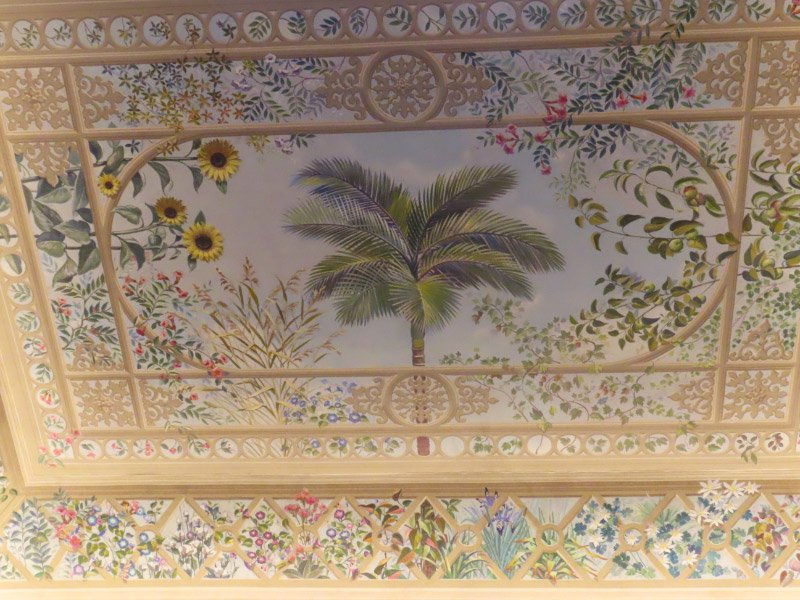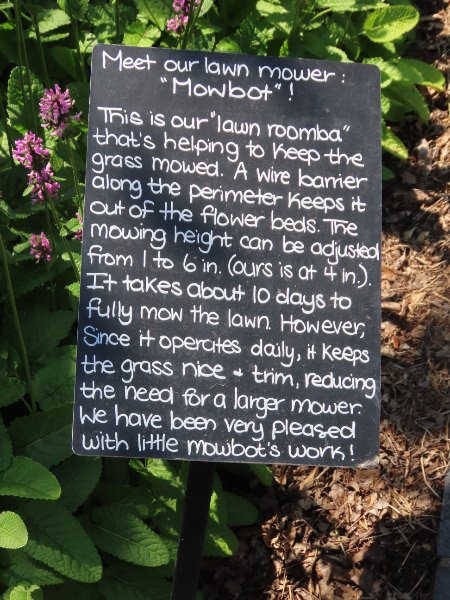Gleanings of the Week Ending June 1, 2024
/The items below were ‘the cream’ of the articles and websites I found this past week. Click on the light green text to look at the article.
How Storm King Art Center Became One of World’s Top Sculpture Parks – Adding to my list to consider seeing if I travel to New York (state).
Dirt Cheap Batteries Enable Megawatt-Scale Charging Without Big Grid Upgrades Right Away – Hope the technology trend continues…that this idea helps us transition to more electric trucks and other vehicles.
Extreme Birding: Shorebirds at the Sewage Lagoon – Maybe a great place for birding….if you can stand the smell. The same thing happens at landfills.
The human brain has been shrinking – and no-one quite knows why - The brains of modern humans are around 13% smaller than those of Homo sapiens who lived 100,000 years ago. Exactly why is still puzzling researchers. I was a little surprised that the authors did NOT consider the challenge of birthing babies with larger heads (i.e. until C-sections allowed mother and baby to survive if the baby’s head was too large, both mother and baby died) which would result in natural selection of genes for smaller heads.
Climate change is most prominent threat to pollinators - Pollinator populations are declining worldwide and 85% of flowering plant species and 87 of the leading global crops rely on pollinators for seed production. The decline of pollinators seriously impacts biodiversity conservation, reduces crop yield, and threatens food security. Changes in water and temperature associated with climate change can lower the quantity and quality of resources available to pollinators, decrease the survival of larvae or adults, and modify suitable habitats.
The deep ocean photographer that captured a 'living fossil' – In 2010, Laurent Ballesta was the first diver to photograph a living coelacanth. In 2013, Ballesta and his team returned and encountered multiple coelacanths, spending up to half an hour in their presence. Thanks to Ballesta's work, we now know the coelacanth is among the longest-living fish species, with a lifespan of around 100 years, and has one of the slowest life histories of all marine fish – so, like deep-sea sharks with a reduced metabolism, the coelacanth grows slowly, taking as long as 69 years to reach sexual maturity, and with a gestation period of around five years.
Under stress, an observer is more likely to help the victim than to punish the perpetrator - It takes more cognitive effort to punish others than it does to help them. Studies show that when witnessing an act of injustice while stressed, people tend to behave selflessly, preferring to help the victim than to punish the offender.
Stunning Aerial Photos Capture the Abstract Beauty of Iceland’s Glacier Rivers – Iceland….blue.
These tricks make wind farms more bird-friendly – Migratory birds can crash into wind turbines…but there are ways to reduce the carnage: adding high visibility reflectors and spirals to cables, not building wind farms in flight paths, painting one blade on each turbine black (or stripes of black on each blade), and sound.
Swarms of miniature robots clean up microplastics and microbes, simultaneously – Interesting idea. While the bots were decontaminated and reused…they were not as effective…so more work is needed.




















































